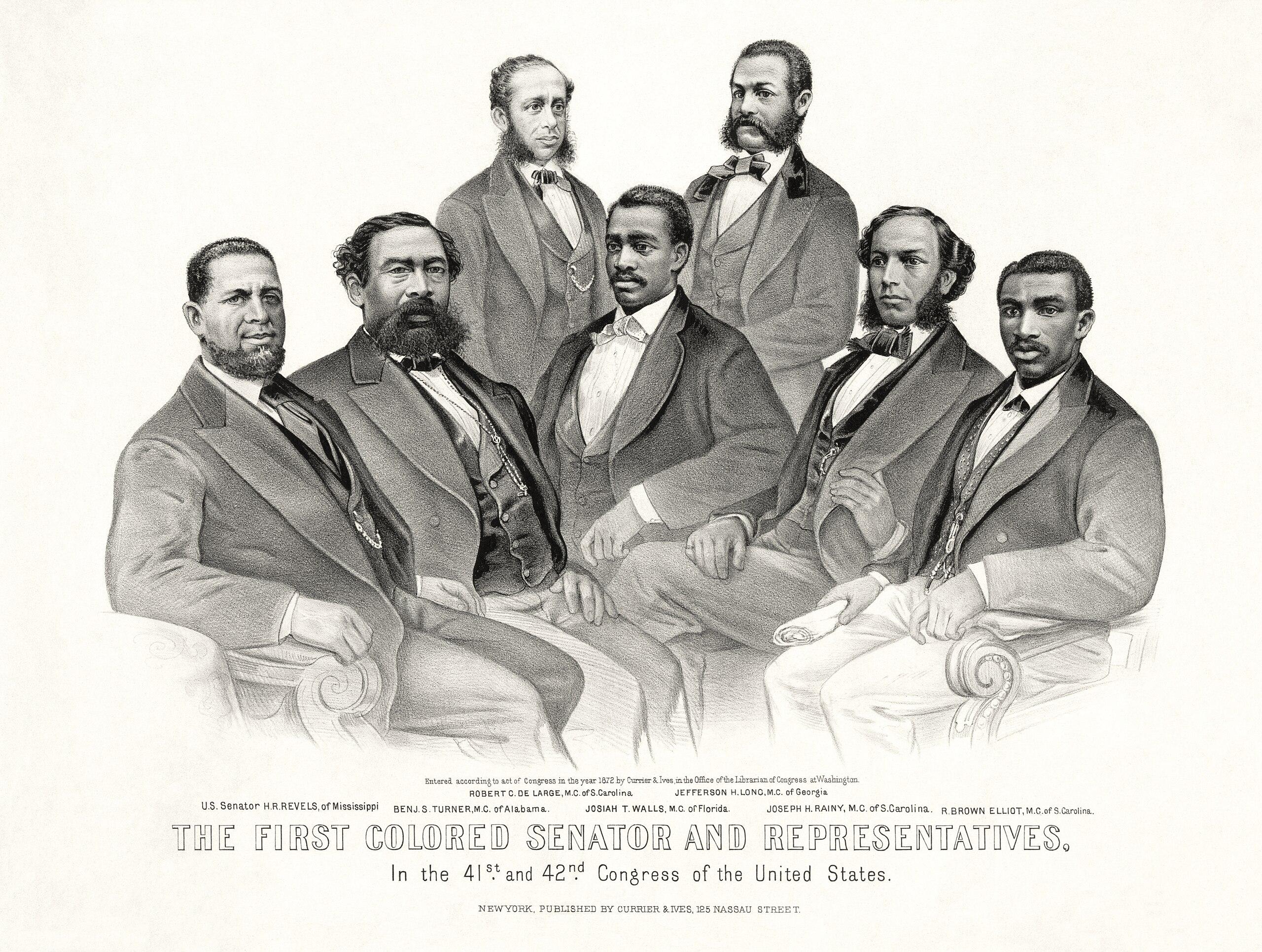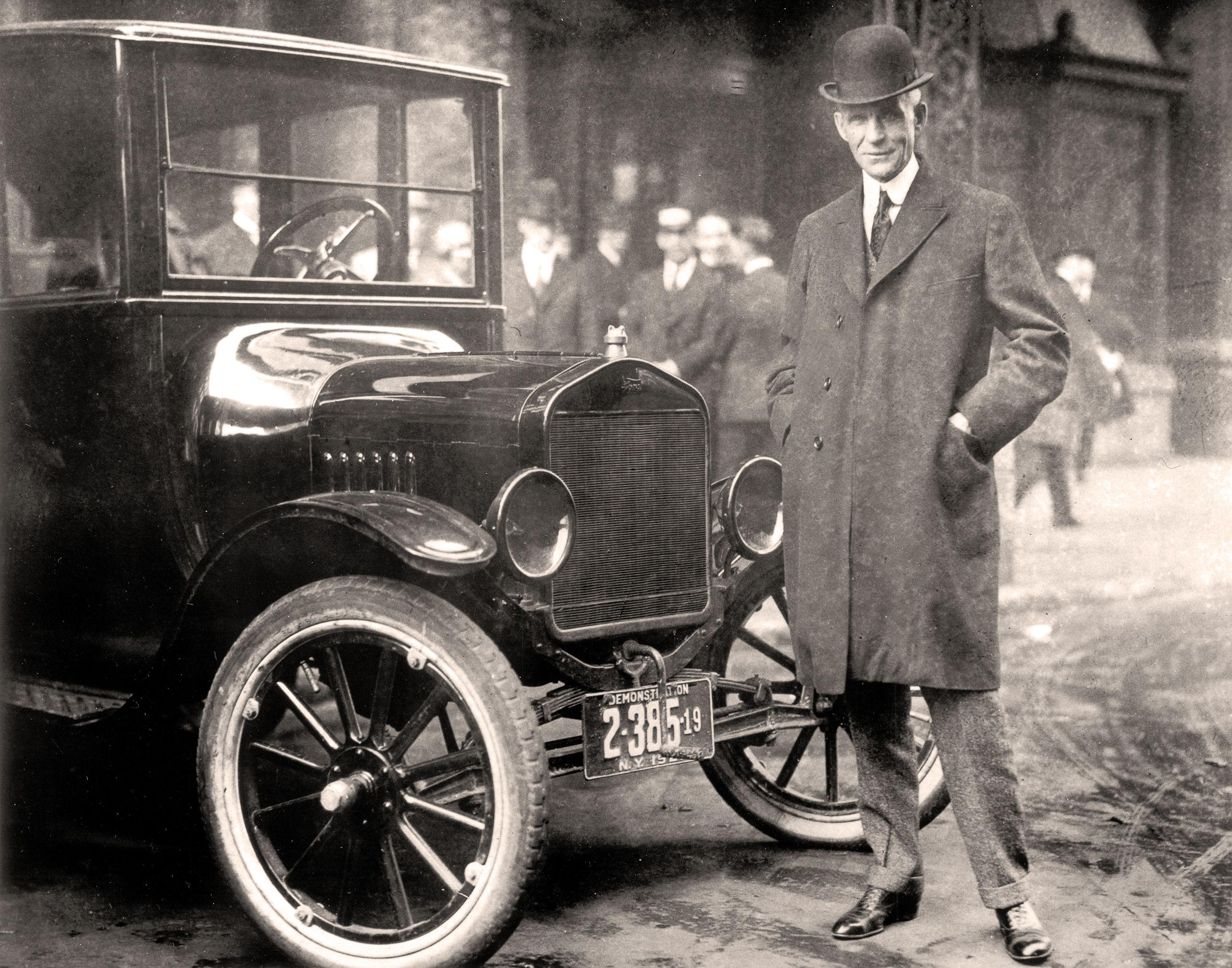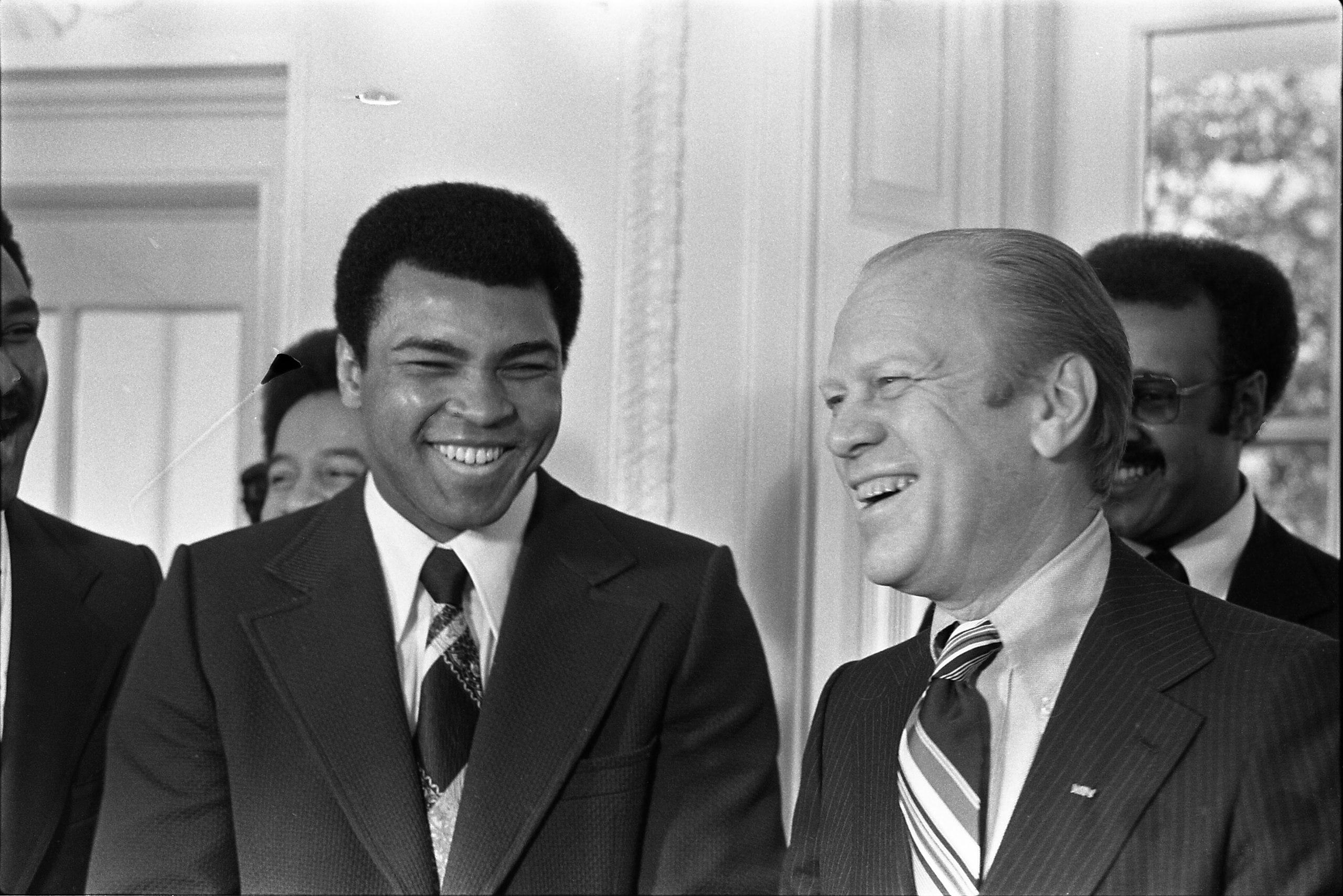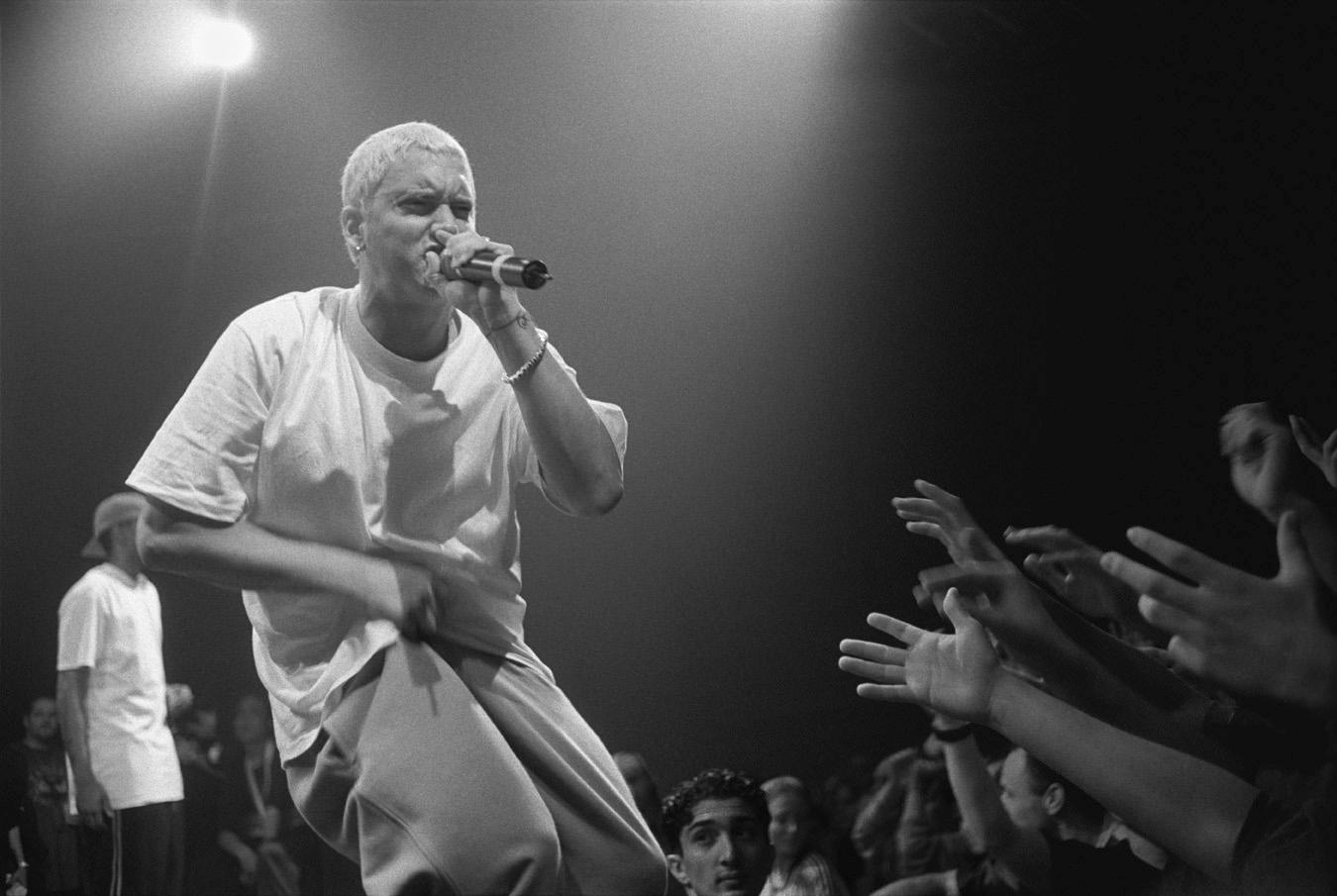
Thorpedo Anna Much the Best in 150th Kentucky Oaks

On May 4, the most popular horse race in North America celebrates a special anniversary. The Kentucky Derby Presented by Woodford Reserve will be run for the 150th time at Churchill Downs in Louisville, Ky., with more than 120,000 fans in attendance under the track’s iconic Twin Spires and tens of millions more watching around the world.

Obviously, life has changed in many ways since the first Kentucky Derby was run on May 17, 1875. Then, the United States was just 10 years removed from a devastating civil war that saw more than 600,000 soldiers die and resulted in societal divisions that informed the politics of subsequent years up to the present. Overseas, the British Empire was at its height, exerting its power over numerous nations and territories in Africa and Asia roughly 100 years after the American Revolution while still holding dominion over Canada.
Everywhere, innovations in machinery during the Industrial Revolution transformed daily life and commerce on a scale that has continued to evolve through the decades, marked by such products as the telephone (patented by Alexander Graham Bell a year after the first Kentucky Derby), airplane, automobile, television, personal computer, Internet, and on to artificial intelligence.
Thoroughbred horse racing has evolved as well since the first Derby, with developments good and bad, but the beauty and excitement of equine competition remains much the same as it did back in 1875, establishing a bedrock of tradition that is a big part of the sport’s enduring appeal.
With that in mind, enjoy this look back at some of the significant milestones in history corresponding to eight memorable Derbys.
1875: Aristides wins the first Kentucky Derby
U.S. population: 38.6 million (1870 census)
Life expectancy in the U.S. (from birth): 42 years
U.S. President: Ulysses S. Grant
New technology: On June 2, Alexander Graham Bell makes the first recorded sound transmission while experimenting with multiple telegraphs – leading to the development of and patent for a prototype telephone by early 1876.

Life in America and at the racetrack: The most important social trend pertaining to the early years of the Kentucky Derby was the changing political landscape during Reconstruction, when formerly enslaved Blacks gained positions of prominence in many areas of American life – including in the U.S. Congress and state legislatures in the South. Black horsemen who had once managed stables for their owners were now able to show their talent and skill as free men, and rose to prominence quickly. Aristides was ridden by a Black jockey (Oliver Lewis) and conditioned by a Black trainer (Ansel Williamson), and Black jockeys won 15 of the first 28 Kentucky Derbys.
Around the turn of the century, resistance to racial progress as exemplified by Jim Crow laws ended the involvement of Black people at the highest echelons of horse racing – not to mention most levels of government – for decades to come. Today, this once-avoided history is documented in films, exhibits, and other media to educate fans, and organizations such as the Ed Brown Society have formed with the goal of introducing Black people to horse racing and preparing them for careers in the sport.
Icons: Frederick Douglass, P. T. Barnum, Boss Tweed of Tammany Hall, Billy the Kid
1915: Regret wins the 41st Kentucky Derby, the first filly to do so
U.S. population: 92.2 million (2010 census)
Life expectancy in the U.S. (from birth): 54.5 years
What $1,000 would be worth in 2024: $30,924
U.S. President: Woodrow Wilson

New technology: D. W. Griffith’s “The Birth of a Nation,” a racist epic dramatizing the years following the Civil War in the U.S. and the formation of the Ku Klux Klan, is the first 12-reel motion picture released to theaters in February. In October, the one-millionth Model T rolled off of Henry Ford’s plant in River Rouge, Mich.
Life in America and at the racetrack: While the U.S. had yet to enter World War I, the so-inaccurately-called “war to end all wars” which started one year earlier certainly exerted its influence here. Horse racing, after enduring several years of decline due to the passage of anti-racetrack laws in New York during the first decade of the 20th century, was beginning to rebound and benefit from an influx of European bloodstock during the WWI years as well as the introduction of parimutuel betting, which helped turn the tide against prohibitive regulations.
In society at large, the women’s suffrage movement continued its momentum with organized marches (women would gain the right to vote with the passage of the 19th constitutional amendment in 1919).
Icons: Ty Cobb, Jelly Roll Morton, Ethel Barrymore, Jack Johnson
1937: War Admiral wins the 63rd Kentucky Derby en route to becoming the fourth Triple Crown winner
U.S. population: 123.2 million (1930 census)
Life expectancy in the U.S. (from birth): 60.2 years
What $1,000 would be worth in 2024: $21,690
U.S. President: Franklin D. Roosevelt

New technology: The first ground testing of a turbo jet engine occurs in England (Frank Whittle) and Germany (Hans Pabst von Ohain). This scientific competition would intensify in the years to come with added participants in the U.S. and elsewhere, and with the future of the free world at stake.
Life in America and at the racetrack: During the depths of the Great Depression and with political unrest rising yet again in Europe, horse racing enters its golden era of popularity on the backs of stars including War Admiral and his rival Seabiscuit — their famous match race took place in 1938. Del Mar, host of this year’s Breeder’s Cup World Championships, opened with Hollywood pizzazz July 3 in Southern California.
Horse racing is joined by baseball, boxing, and moviegoing as national pastimes in a country still reeling from economic despair, with an existential conflict looming.
Icons: Shirley Temple, Mickey Rooney, Benny Goodman, Lou Gehrig, Fred Astaire
1948: Citation, ranked #3 on BloodHorse’s list of Best Thoroughbreds of the 20th Century, wins the 74th Kentucky Derby
U.S. population: 151.3 million (1950 census)
Life expectancy in the U.S. (from birth): 67.25 years
What $1,000 would be worth in 2024: $13,068
U.S. President: Harry Truman

New technology: Commercial television ramps up during the fall as the four networks (ABC, CBS, NBC, and DuMont) populate their airtime schedules with programming. From 1950 to 1955, American households with a television grew from 9% to 65%. By 1965, 93% of households had a TV.
Life in America and at the racetrack: The U.S. emerged from World War II as the leading global superpower, challenged by the Soviet Union, and even as a new geopolitical order took hold in a nuclear age the domestic economy entered a sustained growth period that provided Americans more income and time to pursue leisure activities.
Attending and betting on horse races continued to be one of the most popular activities, and tracks in New York and California thrived. Television, while still in its infancy during 1948, would transform Americans’ concept of entertainment over the subsequent decades, and eventually change how we interact with horse racing as well.
Icons: Frank Sinatra, Jackie Robinson, Milton Berle, Billie Holiday, Joe DiMaggio, Ingrid Bergman
1974: Cannonade wins the 100th Kentucky Derby
U.S. population: 203.3 million (1970 census)
Life expectancy in the U.S. (from birth): 72 years
What $1,000 would be worth in 2024: $6,427
U.S. President: Richard Nixon

New technology: The first computer using a microprocessor circuit is advertised for commercial purchase, and a do-it-yourself computer kit using a microprocessor is the subject of a cover story in Radio-Electronics. Mass production of personal computers would commence in the late 1970s.
Life in America and at the racetrack: An era of social upheaval continued, with the Vietnam War still front and center in the news despite the withdrawal of U.S. combat troops in 1973. In August, President Richard Nixon resigned after being implicated in the White House’s participation in, and cover-up of, illegal actions, elevating Vice President Gerald Ford to the position of commander in chief.
On a more positive note, horse racing had provided an inarguable high point in American culture the year prior as superstar Secretariat won the Triple Crown, set record times in the Kentucky Derby, Preakness Stakes (after a 39-year controversy), and Belmont Stakes, and appeared on the covers of TIME, Newsweek, and Sports Illustrated. On May 4, a then-record crowd of 163,628 attended Kentucky Derby 100 at Churchill Downs.
Icons: Muhammad Ali, “Archie Bunker,” Barbra Streisand, Hank Aaron, Elton John, Clint Eastwood
2000: Fusaichi Pegasus wins the 126th Kentucky Derby and the first of the 21st century
U.S. population: 281.4 million (2000 census)
Life expectancy in the U.S. (from birth): 76.8 years
What $1,000 would be worth in 2024: $1,821
U.S. President: Bill Clinton

New technology: Free music downloads on Napster, a peer-to-peer digital file sharing device started by college student Shawn Fanning in 1999, reach 14,000 songs every minute during the summer. By this time, the Recording Industry Association of America and several musicians including the rock band Metallica had filed legal action against Napster, citing copyright infringement. The RIAA won the lawsuit and Napster in its original incarnation shut down in 2001, but the way Americans consumed entertainment would never be the same.
Life in America and at the racetrack: The year was bookmarked by paranoia over a Y2K infrastructure apocalypse that did not occur and a critical inflection point in democracy that did occur when the U.S. Supreme Court reversed the Florida Supreme Court’s ordered ballot recount of Presidential election results in December, making George W. Bush the winner.
By this time, horse racing had fully embraced the simulcast model where many persons watched and bet on horse racing away from the host racetrack. Economic activity in the sport knew no borders as well: the owner of 2000 Derby winner Fusaichi Pegasus was Japan’s Fusao Sekiguchi, and in the summer he sold the horse’s breeding rights for a record sum exceeding $60 million to the Irish bloodstock powerhouse Coolmore Stud.
Icons: Britney Spears, Tiger Woods, Eminem, Leonardo DiCaprio, the “South Park” kids, Julia Roberts
2015: American Pharoah wins the 141st Kentucky Derby, becoming the 12th Triple Crown winner and first since 1978
U.S. population: 308.7 million (2010 census)
Life expectancy in the U.S. (from birth): 78.7 years
What $1,000 is worth in 2024: $1,313
U.S. President: Barack Obama

New technology: A Pew Research survey finds that 92% of American teenagers ages 13-17 use the Internet daily. Facebook is the most popular social media site, used by 71% of American teens. Seventy-three percent of teens have access to a smartphone, eight years after the introduction of the iPhone. (A 2022 Pew Research survey found that Internet use among American teens ages 13-17 rose to 97% and smartphone access jumped to 98%. Teens’ usage of Facebook cratered to 32%, while TikTok, which launched in 2016, was used by 67% of teens.)
Life in America and at the racetrack: As the year ended, the U.S. and other members of the United Nations adopted the Paris Agreement, an international treaty to limit greenhouse gas emissions with the goal of slowing the rate of global warming. (It took force in late 2016, and the U.S. withdrew from the Paris Agreement in late 2020 and rejoined under a new Presidential administration in 2021.) Advancing on the earlier Kyoto Protocol, the agreement offers the best hope yet for international cooperation in combating climate change.
Horse racing reached a level of national exposure not seen since the early 2000s or even longer when American Pharoah swept the Triple Crown. The colt’s subsequent appearances in the Haskell Invitational Stakes, Travers Stakes, and Breeders’ Cup Classic received less attention, reaffirming the importance of the Triple Crown series to the sport in the 21st century.
Icons: Beyoncé, Steph Curry, Serena Williams, Selena Gomez, Tom Brady, random Marvel superhero
2024: ???? wins the 150th Kentucky Derby
U.S. population: 331.4 million (2020 census)
Life expectancy in the U.S. (from birth): 79.9 years (Census Bureau estimate)
What $1,000 is worth in 2024: Don’t look at your grocery bill.
U.S. President: Joe Biden

New technology: A report from Stanford University based on research up to 2023 assesses the rapid evolution of artificial intelligence, finding that while regulations of AI have increased, they are dwarfed by both the rate of AI innovation and the amount of investment into AI companies. As for performance, the report states that “AI beats humans on some tasks, but not on all.” One might add – for now.
Life in America and at the racetrack: Overseas conflicts in Israel and Ukraine have captured many of the headlines, but the overriding, ongoing event in the U.S. is the campaign for the November Presidential election, the outcome of which has motivated some prognosticators to describe using language suitable for apocalyptic fiction.
Horse racing is in the early stages of adapting to oversight by the federal Horseracing Integrity and Safety Authority, with some state jurisdictions mounting legal challenges against it and refusing to comply. Efforts to improve equine and jockey safety as well as racing surfaces must continue, and new forms of wagering on horse racing need to be introduced in order to attract younger generations who’ve grown accustomed to sports betting, and to make them fans of America’s oldest sport as its most famous race celebrates year 150.
Icons: Taylor Swift, Elon Musk, Olivia Rodrigo, Shohei Otani, Timothée Chalamet, whoever your kid follows on TikTok